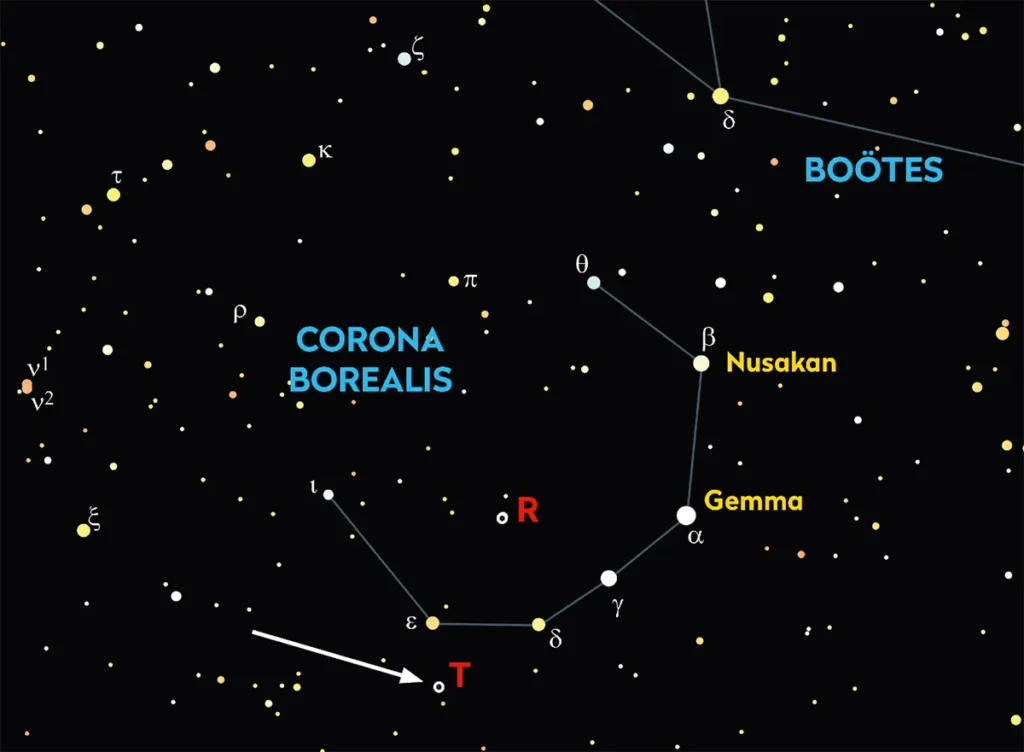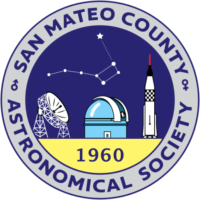Greetings to the Society,

A rare astronomical phenomenon is on the verge of unfolding—the nova nova T Coronae Borealis, which erupts approximately every 80 years, appears to be running behind schedule. When it does, it is predicted to be the brightest nova seen from Earth since 1975, and we are expecting this awe-inspiring event to occur any day now.
In addition to this, mark your calendars for October 12, when Comet C/2023 A3 makes its closest approach to Earth. This comet has the potential to be visible to the naked eye throughout October, appearing low in the western sky just after sunset in the constellation Virgo.
Looking up on the night of October 17, you’ll also see a supermoon—14% larger and much brighter than a regular full moon as it reaches its closest point to Earth. It will be an excellent night for moon gazing!
Later in the season, on November 28, Comet 333P/LINEAR will be visible. While not expected to be as bright as Comet C/2023 A3, it will still be worth observing through a telescope.
Upcoming Space Missions:
The European Space Agency (ESA) will launch its Hera mission on October 7, 2024, to study the Didymos and Dimorphos asteroids. This mission will examine the aftermath of NASA’s Double Asteroid Redirection Test (DART) and contribute to planetary defense research.
Just a few days later, on October 10, NASA’s Europa Clippermission will lift off aboard a SpaceX Falcon Heavy rocket. This ambitious mission aims to study Jupiter’s icy moon Europa, investigating whether its hidden ocean could support life. The spacecraft is set to arrive in 2030 and will perform nearly 50 flybys, mapping much of Europa’s surface.
Meteor Showers and Society Updates:
November brings a series of meteor showers, though viewing conditions this year will be less than ideal. Your best chance might be the Southern Taurids on November 4-5, but you’ll want to find a dark sky for optimal visibility. The Orionids will peak on October 20-21, but a bright waning gibbous moon may interfere with viewing. The Leonids will peak on the night of November 17–18, though a full moon will likely diminish the display.
We also have exciting talks scheduled at our upcoming meetings:
- October 4: Astrobee! The ISS Robotic Free Flyer by Dr Brian Coltin
- November 1: Fluidic Telescope (FLUTE) by Dr Edward Balaban
We hope to see you at these events!
Looking Forward to Clear Skies
As we move into fall, we’re hopeful for clear skies to enhance the many astronomical events ahead. It’s going to be an exciting season for our society and the broader community of stargazers.
Here’s to a season full of celestial wonders and clear skies for happy viewing!
Here is to Clear skies and happy viewing!,

Michael Cooke
President, San Mateo County Astronomical Society
